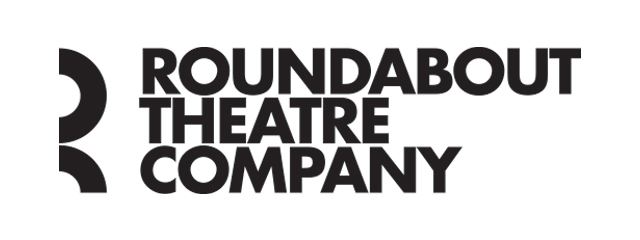Interview with Director, Sheryl Kaller
Ted Sod: Tell us about yourself: where were you born and educated, and when did you decide to become a director?
Sheryl Kaller: I was born in Brooklyn, New York and was raised in Valley Stream, Long Island. I feel like I decided to be a director when I was in a high school production of Bye Bye Birdie. I had a great part and everybody else was really excited about performing in the show, but I was completely bummed that rehearsal wasn't still going on. I thought that the director/choreographer, who was our English teacher, egregiously choreographed the telephone song. I thought she did it wrong. It was like a message from above telling me I shouldn't be acting because, first of all, I was terrible, and secondly, I was way more interested in the process of it all. I graduated from Emerson College in Boston with a BFA in directing in 1982 and came back to New York and attempted to get work. I worked for a casting director, I worked as a production stage manager, I did that whole thing, and then I had kids. I decided I couldn't be a hired hand and raise my children in a way that I felt was necessary. So I took a break from mainstream theatre and started an arts-in-education program in Bermuda with some friends. I did that for about ten years and then I started directing again.
TS: How did you and Meghan Kennedy, the playwright, find each other?
SK: Robyn Goodman (Artistic Producer) and Jill Rafson (Literary Manager) saw a play I directed on Broadway entitled Next Fall and became supporters of my work. They paired me up with Meghan. Meghan and I clicked right away. Jill and Robyn intuitively knew that this would be a great match, and it certainly has been. We did a reading for Todd Haimes, the Artistic Director at Roundabout, and it went incredibly well, and Meghan and I continue to have this very rich, honest collaboration.
TS: What do you think the play is about?
SK: I think the play is about loss. I think the play is about broken hearts and the idea that there is always hope.
TS: What were you looking for from the actors when you cast this play?
SK: What I am always looking for in actors is collaboration, figuring out together how we want to bring these characters to life.
TS: What is your process with designers? Do you start with the set?
SK: I have only directed one revival in my whole professional career; I only do new plays, so where I start is with the writer and set designer. I encourage the writer to talk about what was in their imagination when they were writing the play. Then the set designer asks a lot of questions. In this particular case, Wilson, Meghan and I sat in the space; we were sitting in the Underground, and we talked about the physical space. We spoke about what story are we telling and how do we best tell that story. I like making the limitations of a space work for the show. Necessity is the mother of invention. This play takes place in a home where the women feel trapped, so the small space and the low ceilings in the Underground became part of the design.
TS: The play is quite poetic; does music play an important part in the design?
SK: Dan Baker, who is designing sound, is also a composer, so he is going to compose music for this play because it is incredibly lyrical and it has 19 scenes in it.
TS: I think it has a very cinematic feel to it, do you feel that way?
SK: Yes. I just had a meeting with Wilson and Zach, and we watched transitions in Breaking Bad. Much of my work is very heavily influenced by a camera. I like trying to crack the theatricality of what a camera does and put that onstage. In this particular play, the scenery doesn't move at all, it's a unit set, so that's why we watched Breaking Bad transitions. We wanted to see how they cinematically show the passing of time and how they elicit emotion with their cuts. We came up with a language to try to elicit the same kind of emotion onstage. In this play you have a page and/or a half-scene and then Meghan writes, "One week later." I feel we have to go to our cinematic roots to make some of the transitions work.
TS: Tell me a little bit about the door, which plays an important part in the play's action. Was that a challenge to design?
SK: Not in the least. I think that the door is absolutely metaphorical. It's just a door, but, of course, it's not a door. It represents the doors that we choose to open and close in our lives.
TS: Is there a character in the play that you relate most to?
SK: This is a great question because I haven't thought about it before now. I relate to every single one of them, and I will tell you why. As I said before, I absolutely chose my role as a family member to influence the journey of my professional and creative life. I really believe that the people in this play are all struggling with their loss of family, and they are searching for a new family. Every choice that they make is about loss but is also filled with hope. Every single one of them has moments in the play that speak to the way my heart operates.
Too Much, Too Much, Too Many plays at the Black Box Theatre October 25 through January 5.All tickets are just $20. For more information and tickets, please visit our website.
Click here to visit the Roundabout blog.
Videos

